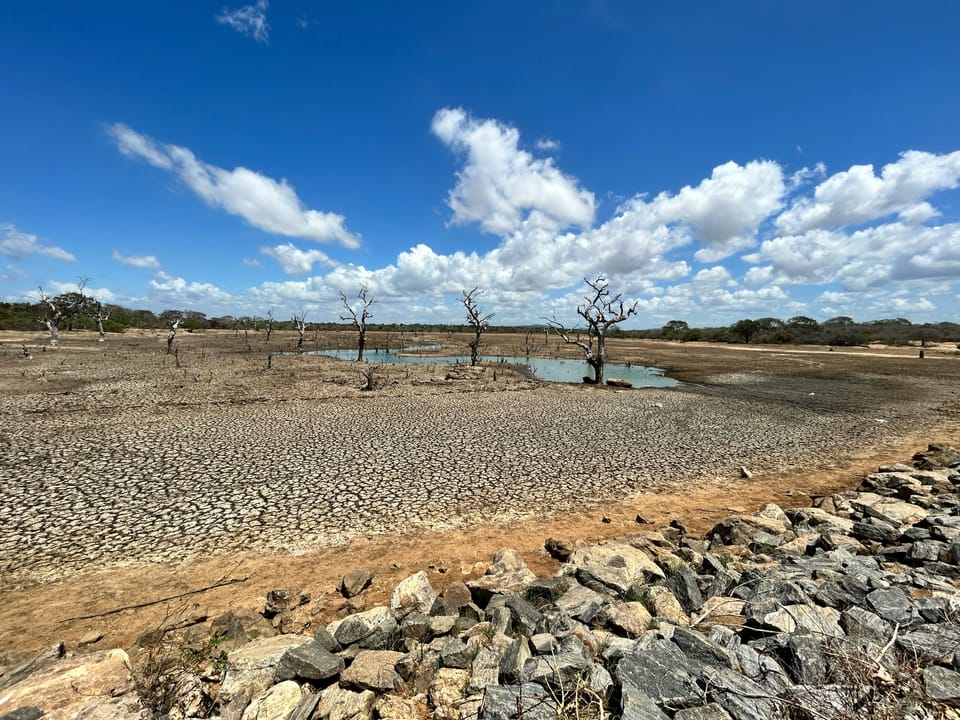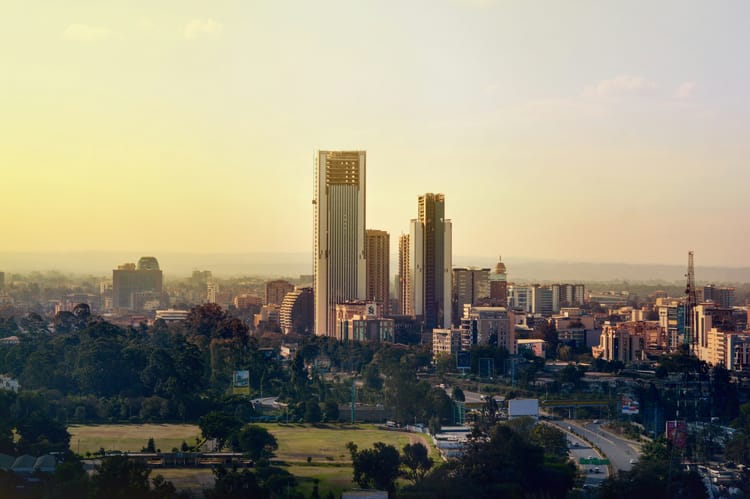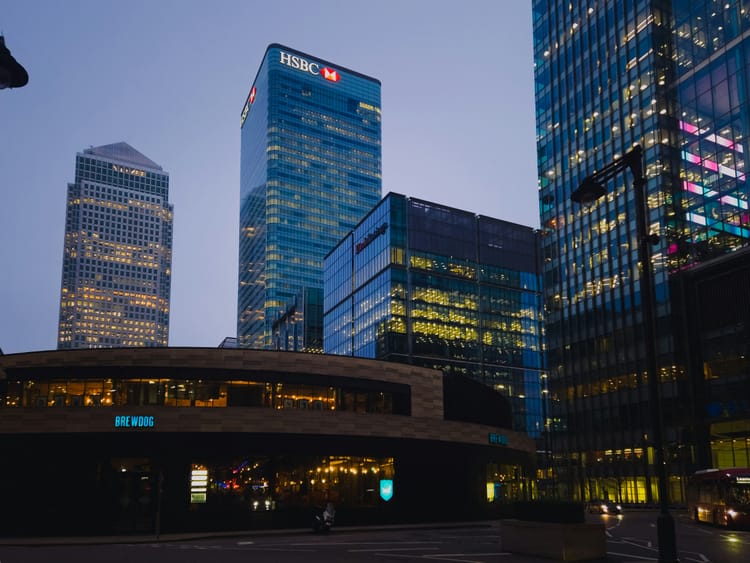Kering launches water resilience strategy

Luxury group Kering is aiming to achieve measurable water positivity in key hotspots by 2035 with its new water strategy.
Following the launch of science-based targets for freshwater at the end of last year, Kering is now focusing on ten priority water basins that are most critically associated with its activities and most at risk of scarcity.
There, the company will work with local stakeholders to improve the quality, quantity and accessibility of water. This will involve a new water-positive sourcing strategy prioritising on recycled fabrics, innovative alternatives and materials from regenerative agriculture, which can reduce pollution and replenish watersheds.
In addition, Kering will set up a water-positive stewardship programme, collaborating with strategic suppliers to elevate best practices and innovative technologies for water efficiency and preservation.
Finally, the company will create a dedicated Water Resilience Lab in each of its ten priority water basins by 2035 to drive water-positive impacts alongside regional stakeholders including suppliers, other companies and sectors, local communities, indigenous peoples, and public authorities.
“Our strategy has been built to decrease water-related risks in our Group’s value chain and we are leveraging a Climate-Nature-Water nexus approach in recognition that the underlying causes and consequences of climate change, biodiversity loss and water scarcity are intrinsically interlinked,” commented Chief Sustainability Officer Marie-Claire Daveu upon announcing the strategy.
Priority water basins
Based on the methodology of the Science Based Targets Network (SBTN), through which the company established its freshwater targets, the Arno Water Basin in Italy is the most material basin for Kering, being the location of many of the group’s tanneries. This is where the first water resilience lab will be launched in the autumn of 2025.
It is also where Kering has set its most ambitious target: reduce freshwater withdrawals for direct operations and upstream operations by 21% and achieve quantified net positive water impacts by 2030.
By the end of the decade, Kering also aims to expand the Water Resilience Labs into at least four additional basins that have been defined, and all 10 by 2035.
Other priority basins are likely to be located in Argentina, Peru, South Africa, India, Turkey, Mongolia, Australia, Spain and France, where Kering has its highest water vulnerabilities.
“It's crucial that corporate water commitments evolve from focusing on reducing water consumption to become water-positive, regenerating and replenishing water and ecosystems associated with all business activities. Our new water-positive Strategy has been designed to do just this and it will be transformative,” added Daveu.







Member discussion